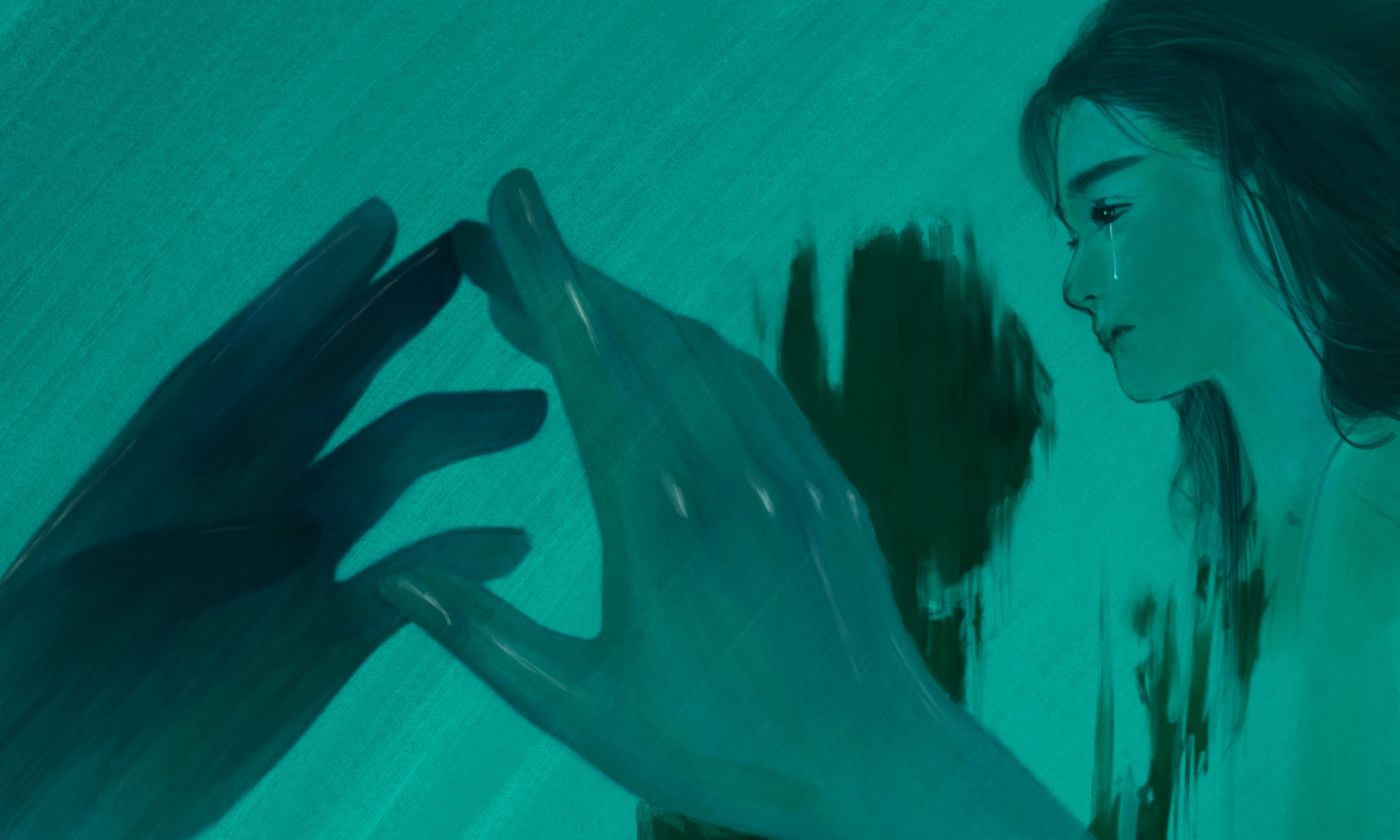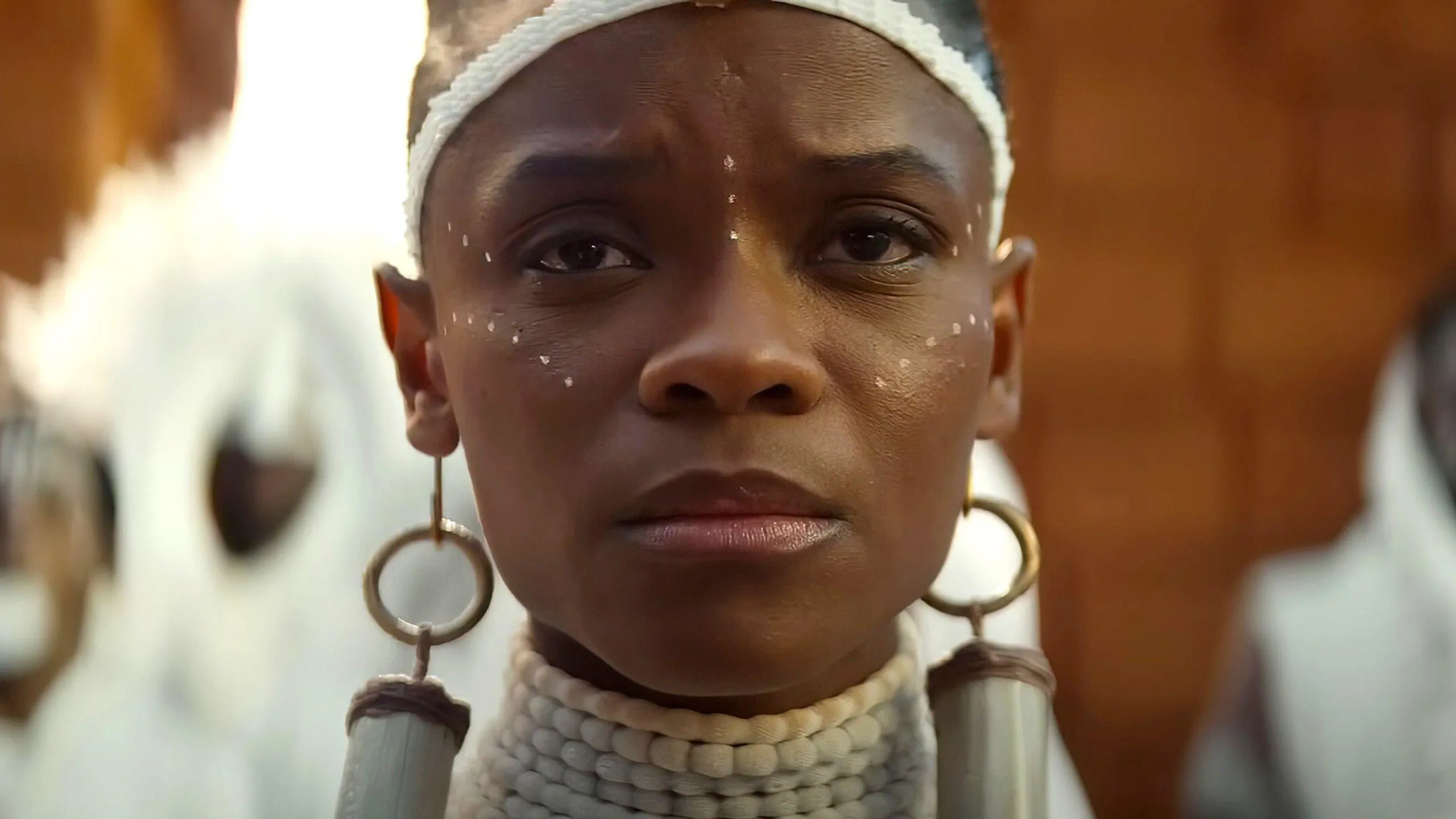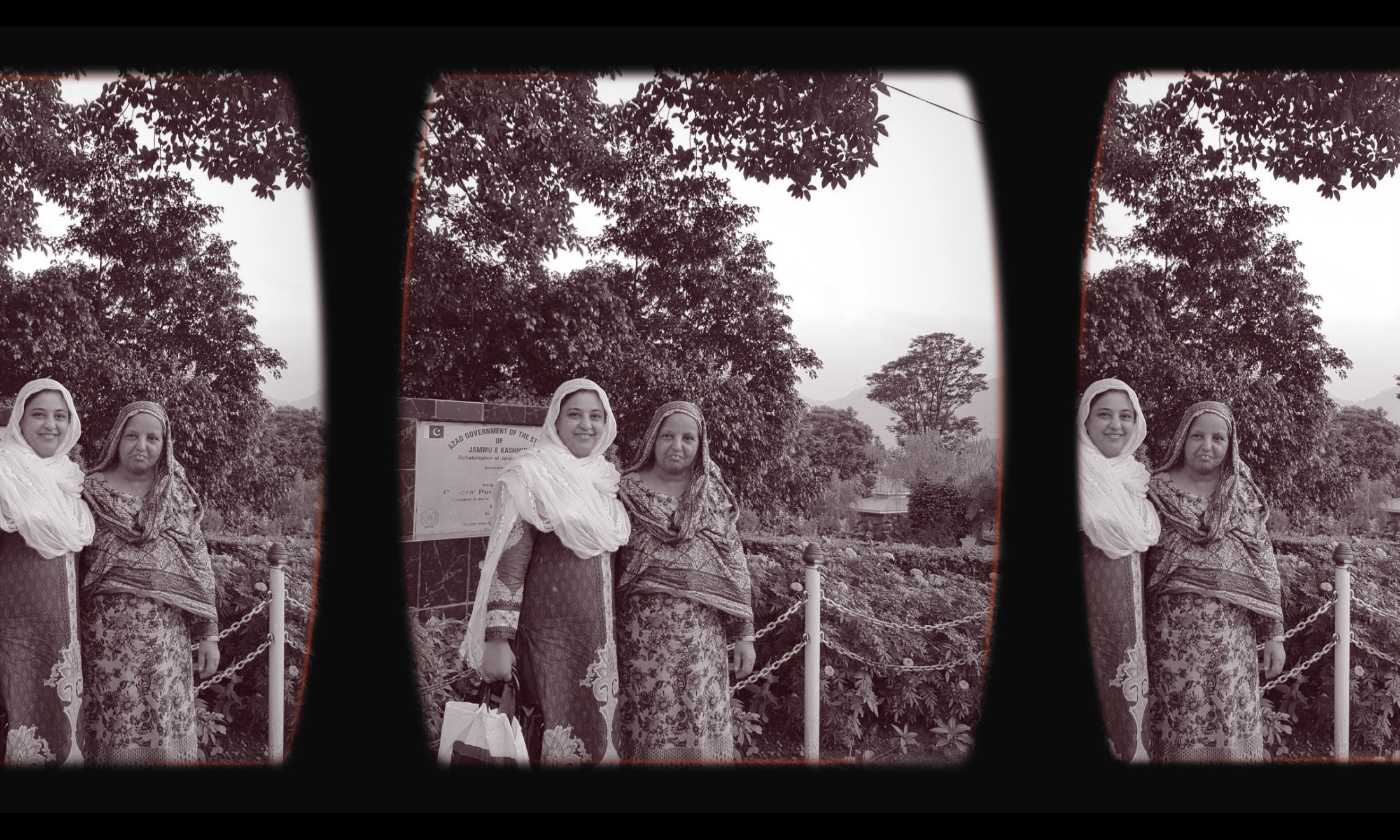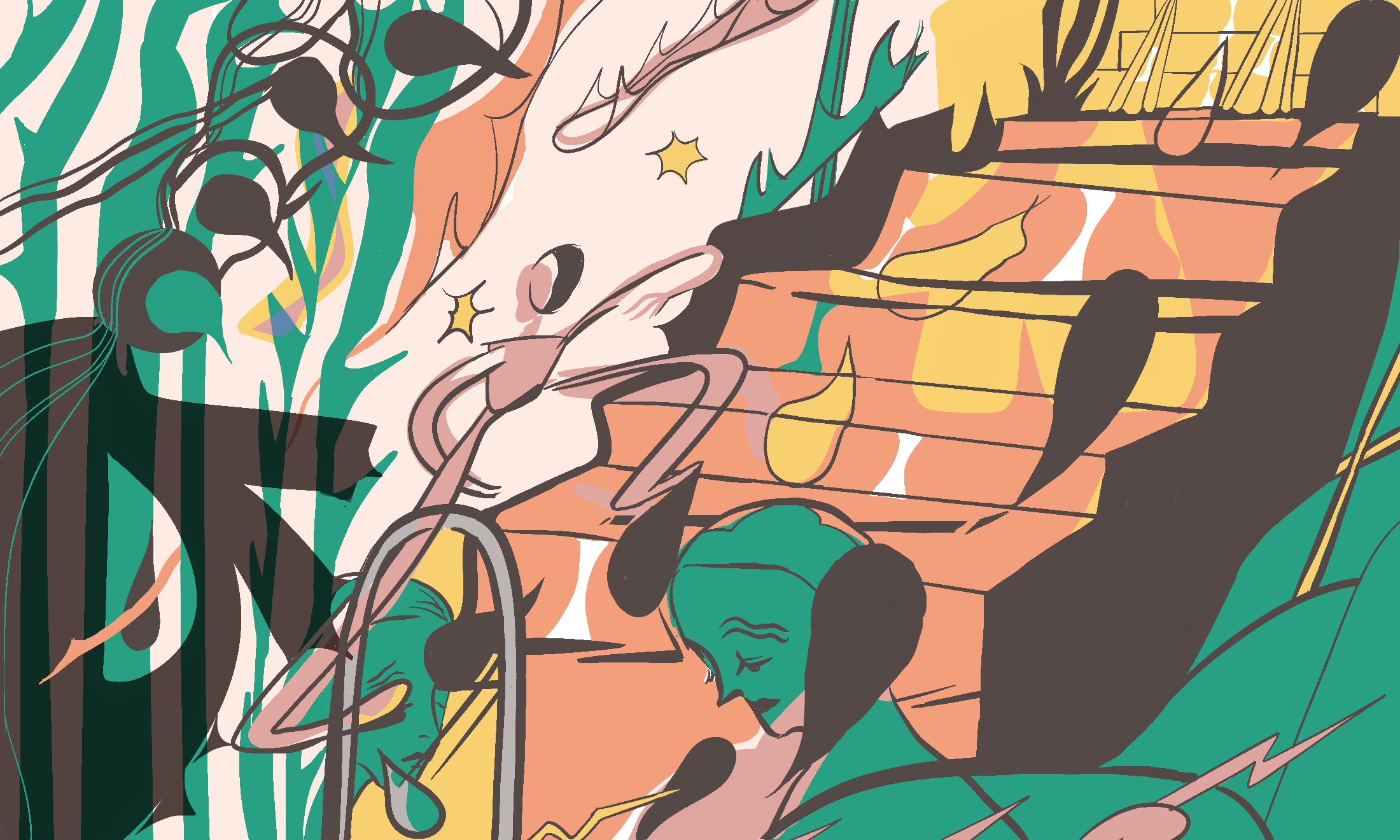
Every so often I’ll go through phases where I’m convinced I’ll die without warning. It could be from a heart attack or a stroke – for about a month in early 2017 I thought I was on the verge of an aneurysm. My anxiety towards death has hounded me since I was a child.
Obviously, I’m mentally ill, and I doubt a standard day in the life of most readers involves paralysing dread over the inevitable. The more I think about it, though, the more my obsession with death makes a sick kind of sense. Brown, non-binary, and queer as the day is long, the history of my identities has been a history of death.
We are so used to seeing dead and dying people of colour; pictures and videos of those who look like us falling victim to police, state, and street violence are as commonplace as mobile phones. That’s why it’s so astounding to me that viral videos in which people do absurdly dangerous things for exactly no reason are something of an internet phenomenon.
Growing up with those reminders that life is transient, it’s difficult to square the impulse to hang from a crane over traffic, or dangle precariously over Niagara Falls by your teeth. And while these videos are essentially harmless in and of themselves, and sometimes very amusing (we’ve all seen Jackass,) they are also symptomatic of a much larger problem in our culture, something more sinister than literally just jumping into a cactus for views.
“Videos of white people putting themselves in harm’s way for a laugh exist cheek by jowl with black and brown death”
Apparently #notallwhites feel the need to handstand on a cliff edge then backflip off, but whiteness certainly seems to be a major theme of this phenomenon. There’s a joke that floats around the internet which asserts that only white people would ever do such mind bogglingly terrifying bullshit for fun. Videos of white people putting themselves in harm’s way for a laugh exist cheek by jowl with black and brown death. It’s a jarring juxtaposition, one that demonstrates how whiteness offers a protection from death that people of colour don’t benefit from.
I know that some people will manage to take issue with the things they’ll read in this article, so I want to preemptively say two things: 1) I’m not talking about you personally, I’m talking about the social construct of whiteness, and 2) I don’t care.
***
Throughout our history, humans have done the best we can to partition death, to separate it from life and relegate it to some vague over there. Death belongs to the graveyard, to the tomb, and always, emphatically, not to life. The thing is, that’s not an easy thing to keep yourself convinced of. Death is all around us, from the meat we may eat to the loved ones who have passed, not to mention the brutality of our culture. Life and death, therefore, aren’t so easily separated.
“White death is a tragedy, black and brown death is a fact”
Unless, of course, you are white. White death is not treated with the same cavalier attitude by the media (social or otherwise) as black and brown death. Whiteness affords a value to life in stark contrast to the narrative of death which plagues bodies of colour, death at the hands of colonialism, disease, mass incarceration, poverty, and, for black people specifically, the trans-Atlantic slave trade. Racialised bodies are relegated to a state of social death. We become our own graves; our bodies are walking corpses. Whiteness affords a right to life that excludes people of colour. White death is a tragedy, black and brown death is a fact.
And this isn’t just abstract theory; looking at the state of healthcare we can see the material effects of white right to life. Doctors routinely under-prescribe pain medication to black people because they think black people feel less pain. South Asian inpatients report significantly poorer experiences with the NHS than their white British and Irish counterparts, oversights which have led to failures in responding to the most basic healthcare needs and, in the most extreme cases, death.
If a stunt does go wrong, whiteness is a safety net that ensures better, quicker treatment. The NHS is one of the pillars of our society, and if an institution so integral to the fabric of our lives fails to treat the lives of people of colour equally to white people’s, then what does that say about the rest of our culture?
“Oppressions are about dictating who has a right to life, and our resistance is in asserting that we deserve to be here”
Oppressions are about dictating who has a right to life, and our resistance is in asserting that we deserve to be here. We deserve to be happy, to be sad, to be angry, without it being a matter of life and death. We deserve healthcare that treats us as human, media that treats our deaths with respect, and to live uncompromised by the weight of this culture. We deserve life, nothing less.
And of course, white people will die just like the rest of us. The partition of life and death that whiteness works to ensure is an illusion. The unacknowledged anxiety caused by the buried knowledge that no, Chad, you won’t live forever, manifests as violence. Bodies of colour represent the truth that death is unstoppable. And that’s scary.
Those of us who find ourselves part of oppressed populations and their intersections don’t have the luxury of taking life for granted. Which is why doing such painful stunts, like jumping over a speeding hay bale, failing, then being somersaulted into the air by the momentum, strikes me as odd. To put oneself so readily in danger portrays a sense of entitlement over life that is missing from the way many of us live ours.









